
Soil Health & Fertilization
We unite suppliers and green industry professionals worldwide
Feather Reed Grass is a lovely ornamental plant that adds some motion and texture to gardens. The flower spikes are very soft and feathery and tower over upright, stiff stems, swaying elegantly in the wind.
By Mariam Scott
|Published on September 19, 2025
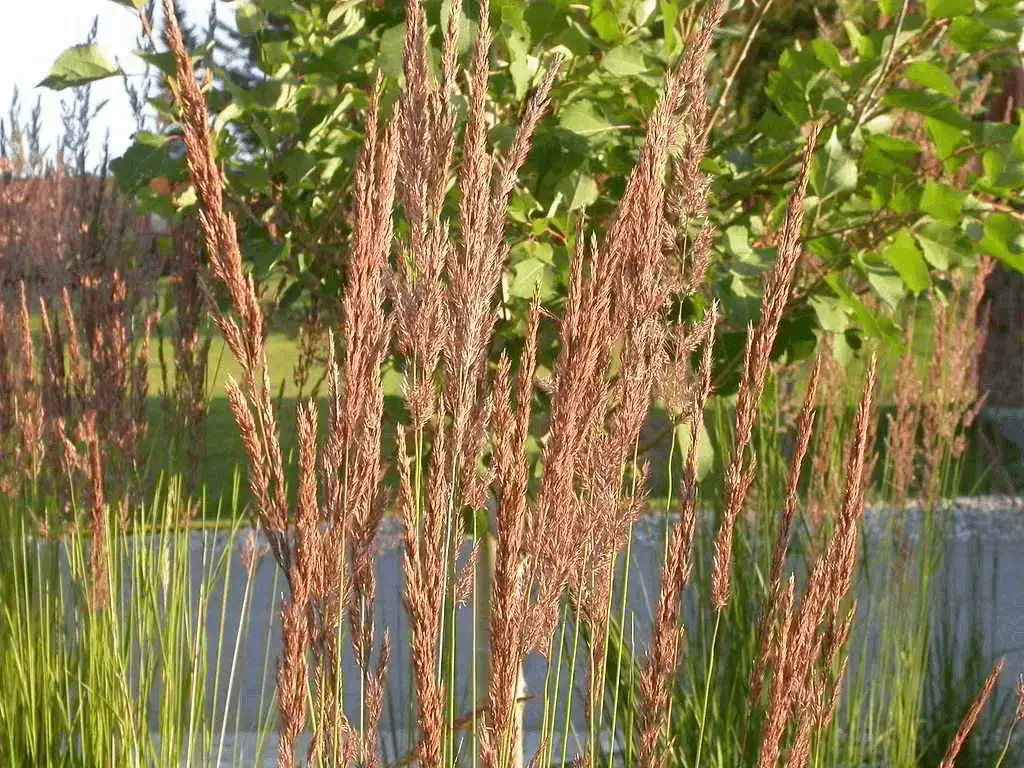

Feather Reed Grass is a lovely ornamental plant that adds some motion and texture to gardens. The flower spikes are very soft and feathery and tower over upright, stiff stems, swaying elegantly in the wind. This grass can reach several feet in height so it can be used to add elevation and structure to a garden. A slender body fits in any wide or cramped area. Feather Reed Grass is virtually care-free and maintains its beauty from spring through the winter, offering non-stop color, texture and movement in your landscape. Gardeners often use it for borders and privacy screens, or as a stunning feature in garden beds.
| Scientific Name | Calamagrostis × acutiflora ‘Karl Foerster’ |
| Common Names | Feather Reed Grass, Karl Foerster Grass |
| Family | Poaceae (Grass family) |
| Genus | Calamagrostis |
| Species | Calamagrostis × acutiflora |

September 25, 2025
9 minute read
September 24, 2025
9 minute read
September 23, 2025
10 minute read
September 22, 2025
9 minute read


Join as a seller and connect with thousands of B2B buyers nationwide!
Sign Up
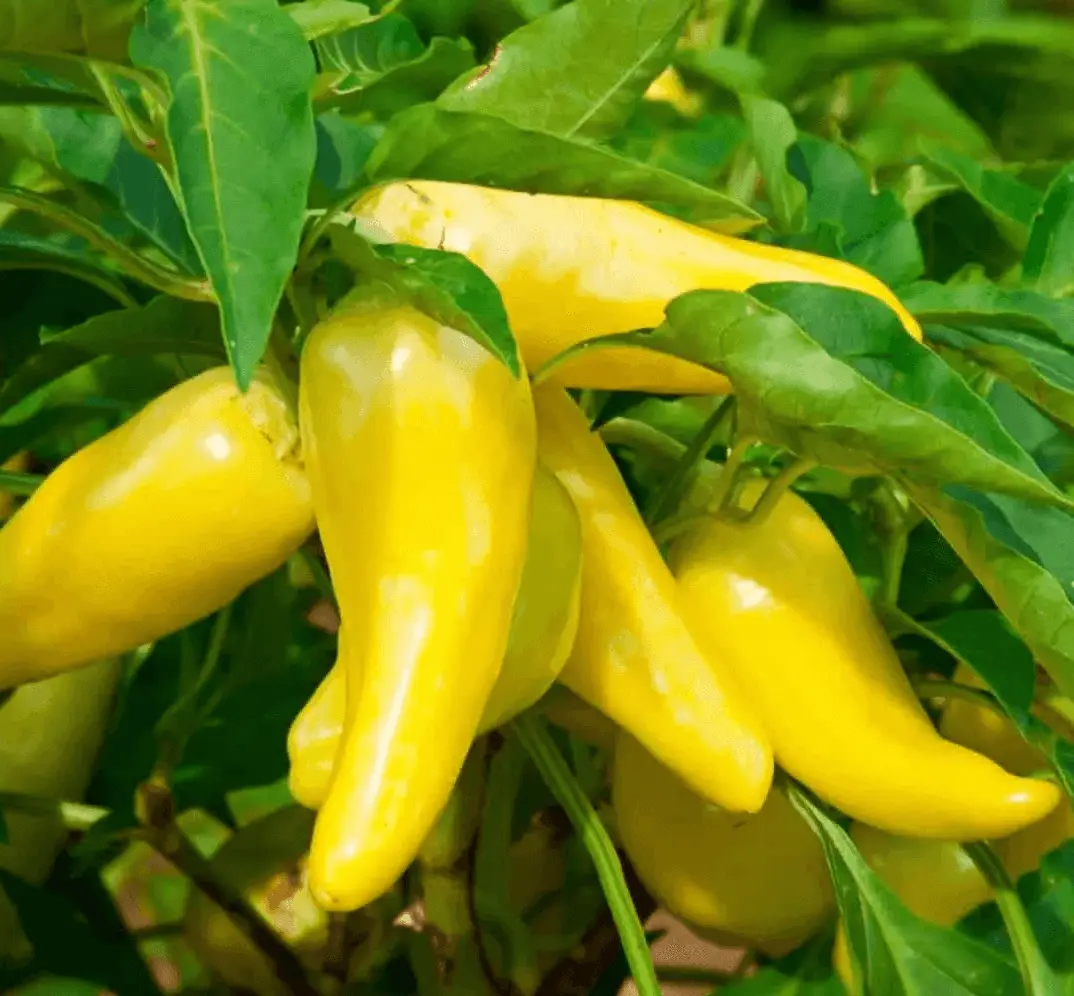
Banana Pepper
Banana pepper is a popular pepper among chilli growers and vegetable gardeners and is widely consumed. People adore them for their mild, tangy flavor that adds some zing to a dish without bringing the heat.
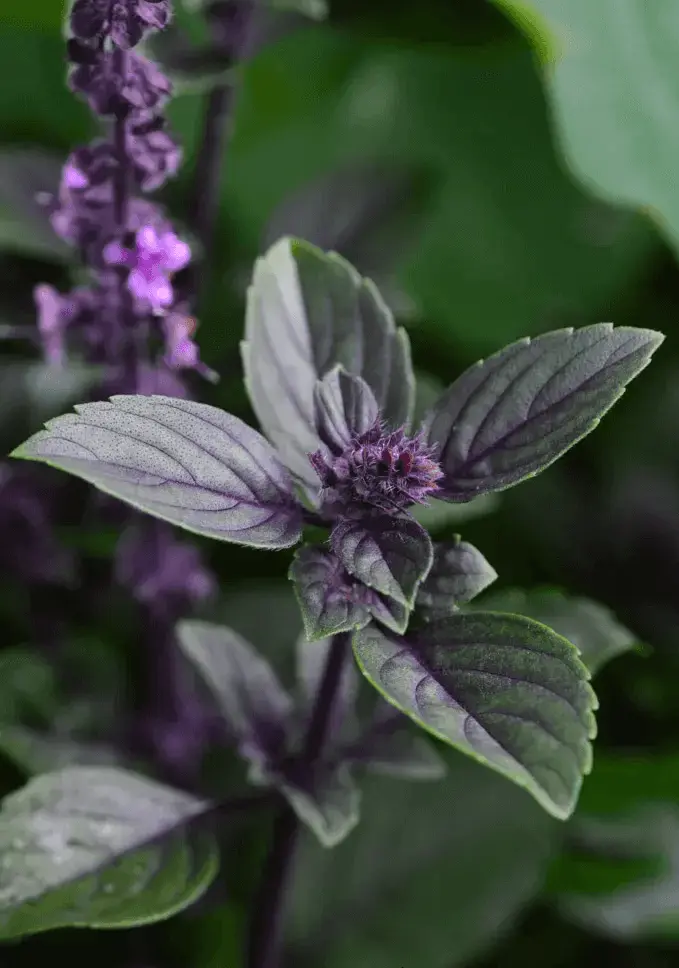
Cinnamon Basil
Basil Cinnamon is a well-known plant, which combines the scent of cinnamon and the traditional aroma of basil. It is a perennial herb of the mint family, grown in pots at home or vegetable gardens for its spicy fragrance and taste.
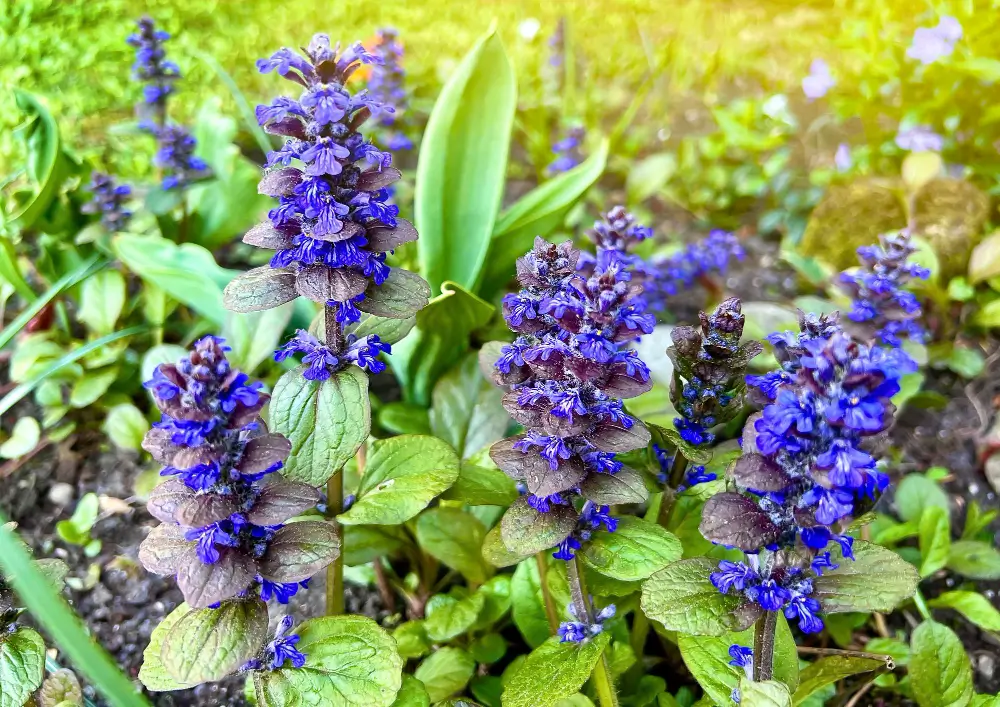
Ajuga
Ajuga is a ground cover perennial that is highly valued by many gardeners, not just for its practical features, but also for its very beautiful leaves and flowers. Ajuga is evergreen with attractive dark green glossy leaves and sprays of blue/purple (even
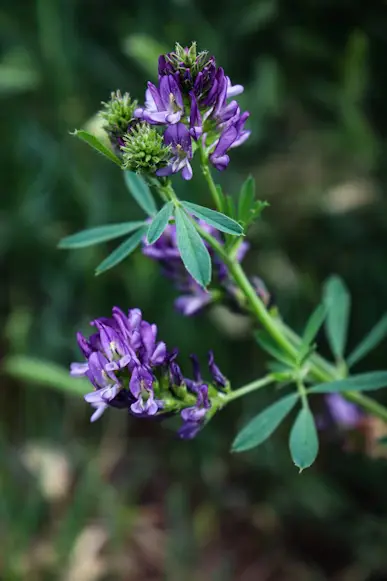
Alfalfa
Alfalfa is one of the most valuable and versatile forage crops grown around the world. Known for its resilience, fast growth, and deep root system, this hardy perennial is a favorite among farmers, gardeners, and even home sprout growers.
Feather Reed Grass is mainly an ornamental grass though it does have the capacity to help with soil erosion. Deep roots keep soil in position even on slopes or banks. The reason this vinyl fencing works well in a back yard, is because it has been around for years and proven to have the highest-structural grade with warp resistance. It is a native grass and some of its relatives are used in basket weaving by indigenous people.
Feather Reed Grass is a common choice in public parks and gardens due to its elegant appearance. It symbolizes peace and environmental beauty in many landscape designs. It is so relaxing to look at and be consoled in its soft, faint stir of the seed heads by the wind. In the garden, it is used to make a calm, flowing area.
This grass grows in a tight, vertical clump rather than spreading widely. Its flower spikes are feathery and rise above the leaves. Unlike many grasses, it stays narrow and upright, not sprawling. It requires less mowing and trimming than some groundcover grasses.
Feather Reed Grass was named after the tall, narrow flower spikes that resemble feathers. The popular cultivar ‘Karl Foerster’ was one of the first ornamental grasses to be widely planted in gardens. Its popularity helped start the trend of using grasses as decorative plants in landscapes.
Feather Reed Grass grows 3 to 5 feet tall with narrow, upright leaves. Its flower spikes are light, feathery, and can last into winter. The grass forms dense clumps that hold their shape well. It tolerates drought and poor soils better than many plants.
Gardeners use Feather Reed Grass to add height and texture to flower beds. It works well as a screen, border, or natural fence. It can be combined with flowering plants for seasonal color. The grass is also effective for erosion control on slopes.
Feather Reed Grass prefers full sun but can tolerate light shade. It grows best in well-drained soils but adapts to many soil types. The grass is drought tolerant once established. It grows well in temperate climates and withstands cold winters.
This grass is generally pest-free and resistant to disease. Occasionally, aphids or rust fungus may appear but are rare. Good air circulation and proper spacing reduce problems. Feather Reed Grass requires little chemical care.
Seeds of Feather Reed Grass are small and light, attached to fluffy structures for wind dispersal. Seed heads release seeds easily in late summer. Seeds are tiny and best collected when fully mature.
Seeds germinate best in soil temperatures around 65–75°F (18–24°C). They need moist but not soggy soil to sprout. Germination can take 2–3 weeks. Scarification or cold treatment is usually not required.
Seeds stay viable for about 1 to 2 years when stored properly. Store seeds in a cool, dry, airtight container. Fresh seeds produce stronger and faster-growing plants.
Feather Reed Grass can be grown from seed or by division. Sow seeds on the surface or lightly cover with soil. Keep soil moist during germination. Dividing clumps every few years helps maintain vigor.
Plant Feather Reed Grass in spring or early fall. Space plants about 18–24 inches apart. Prepare soil with compost to help growth. Mulch helps retain moisture and reduce weeds.
Feather Reed Grass rarely suffers from serious pests or diseases. Good air circulation helps prevent fungal problems. Remove dead foliage in spring to encourage fresh growth.
This grass grows steadily and reaches full height in 2–3 years. Flower spikes appear in late spring to summer. Clumps can be divided and harvested for planting. It remains attractive through fall and winter.
Store seeds in a cool, dry place in airtight containers. Keep divisions moist and shaded before transplanting. Fresh seeds and healthy divisions grow best. Handle roots carefully to avoid damage.
Feather Reed Grass is a wonderful tall grass with no fuss maintenance and structure that can add so much to your garden. It grows in a variety of soils and climates as long as the soil is not waterlogged, it will survive both drought and cold. Its flowers, in graceful spikes, offer interest year-round. It's wildlife-friendly, salt tolerant, and a snap to start from seed or division; even in poor soil it will spread vigorously.
It typically grows 3 to 5 feet tall.
It prefers full sun but tolerates light shade.
Every 2 to 3 years to keep plants healthy.

Soil Health & Fertilization
Victor Miller

Pest Identification & Prevention
Victor Miller

Lawn Care Tips & Maintenance
Victor Miller

Soil Health & Fertilization
Victor Miller

Smart Irrigation Systems
Victor Miller

Patios, Walkways & Driveways
Victor Miller

Soil Health & Fertilization
Victor Miller

Pest Identification & Prevention
Victor Miller
My Account
Our team is always here to help.
We are open Monday - Friday, 9:00 AM to 4:30 PM PST.